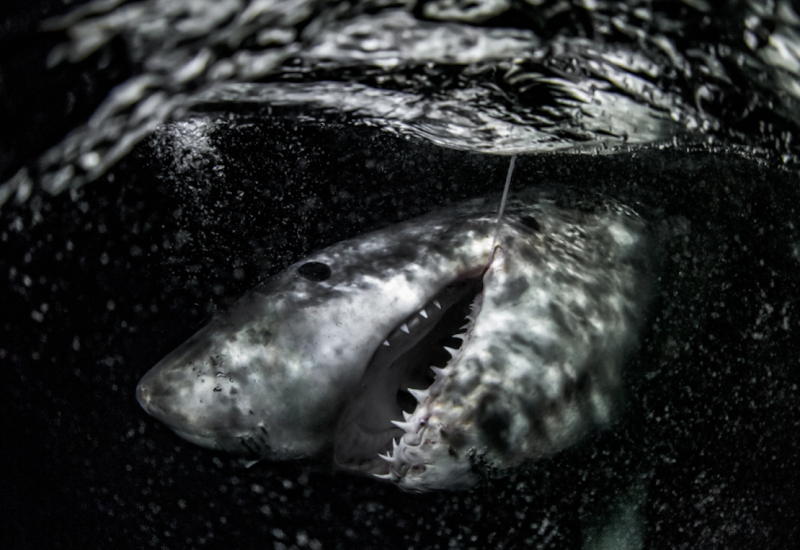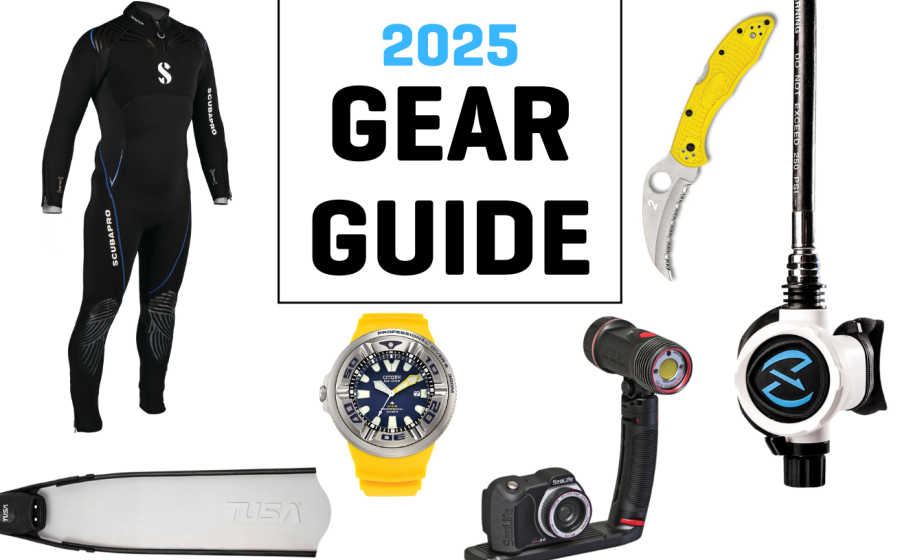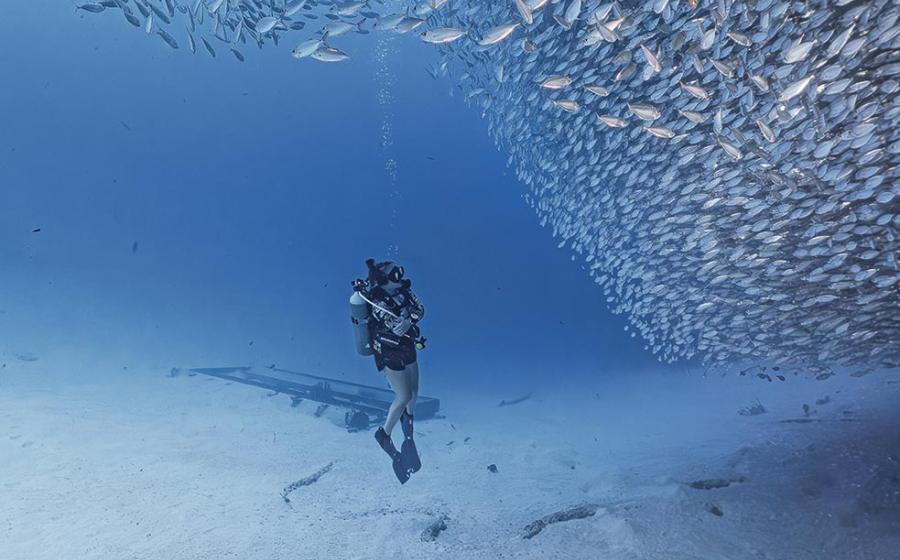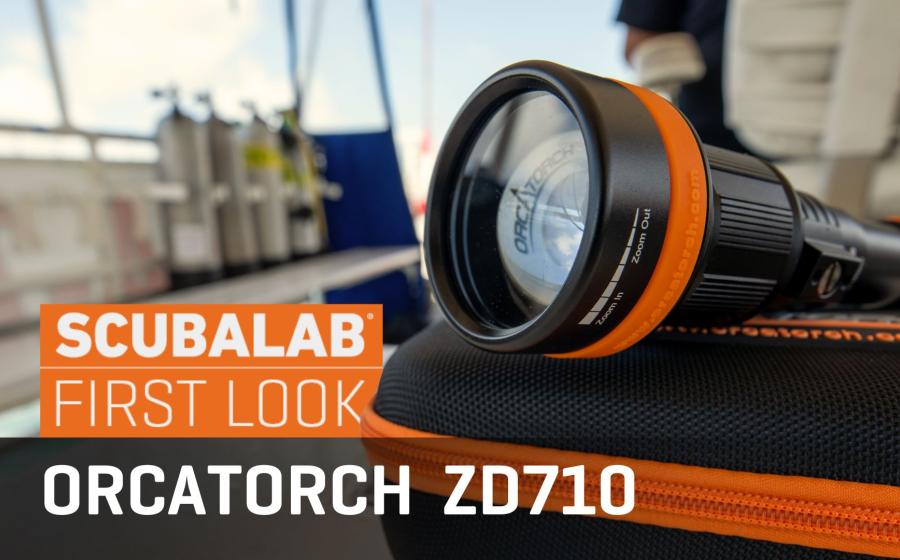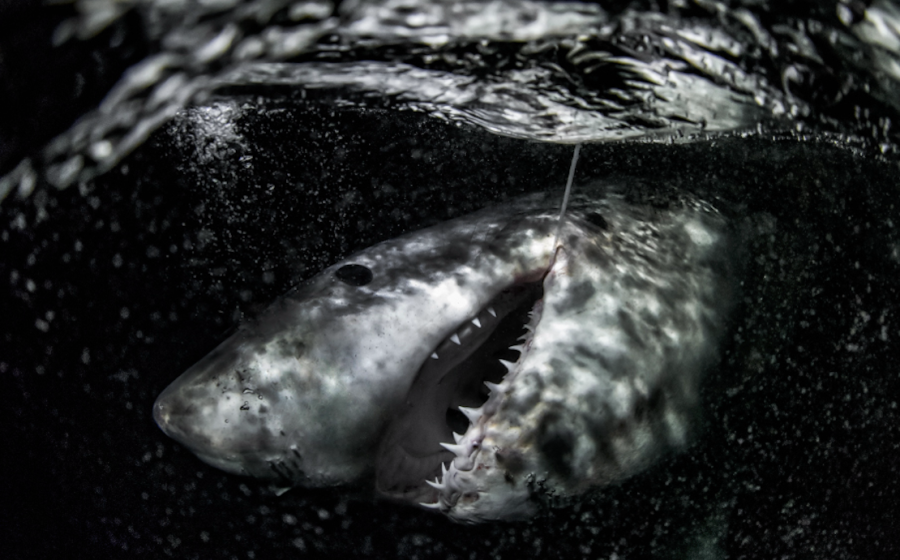Facts about Eagle Rays

Westend61/AlamySpecies: Eagle Rays
Aetobatus narinari is found throughout the world's tropical and warm-temperate waters, but genetic analysis indicates it should be considered as two or three separate species.
An eagle ray's stinger secretes venom that causes intense pain, often followed by bacterial infection.
Eagle rays are believed to live for as long as 25 years.

Imagebroker/AlamySpecies: Eagle Rays
The large rostrum, or "nose," of an eagle ray creates an increased surface area full of electrosensory pores that help them detect prey hidden beneath the seafloor.
Females give birth to between one and five pups per litter which, when born, already have a wingspan equivalent to the length of a men's size 13 shoe.
Eagle rays use plates of interlocking teeth on their upper and lower jaws to grind away like a mortar and pestle at their hard-bodied prey.
Related Reading: Do Dive Lights Harm Manta Rays?

Ethan Daniels/AlamySpecies: Eagle Rays
A spotted eagle ray's pattern is unique to each individual, just like a fingerprint.
Female spotted eagle rays are larger than males, with wingspans matching the tallest NBA players.
Eagle rays feed predominantly on hard-shelled, bottom-living clams, snails and hermit crabs.
Related Reading: Winged Wonders: Making the Most of Magical Manta Encounters

Greg LecoeurSpecies: Eagle Rays
Spotted eagle rays form huge schools of up to several hundred individuals.
In the waters around Florida, spotted eagle rays are protected and fishing for them is banned.
Male eagle rays bite the wings of their mate during courtship.
The spotted eagle ray (Aetobatus narinari) is a cartilaginous fish of the eagle ray family, Myliobatidae. It is found around the world in tropical waters, including the Gulf of Mexico, Hawaii, off the coast of West Africa, the Indian Ocean, and on both coasts of the Americas. The rays are most commonly seen alone, but occasionally swim in groups. Rays are ovoviviparous, the female retaining the eggs then releasing the young as miniature versions of the parent.
Spotted eagle rays are considered near threatened on the IUCN Red List. In the state of Florida in the United States, the fishing, landing, purchasing and trading of spotted eagle ray is against the law. The spotted eagle ray is also protected on the Great Barrier Reef off the eastern coast of Australia.

